Unfortunately for Helborne, his condition worsened in the considerable amount of time it took for him to arrive, and he later succumbed to his injuries in Eureka’s New Grand Hotel. Although it does not explicitly say it in the article, it is likely that Helborne was part of the tunnel’s blasting crew. He was the only individual reported as a fatality during the construction period.
In 1955, parent company SP sought to discontinue its NWP passenger service to Eureka. SP hoped to reduce its yearly operating costs from $317,000 to $120,000 by eliminating the service altogether. Residents of Shively joined the opposition to SP’s proposal and cited multiple reasons for continuing what they considered a vital service. The poor condition of the county road brought on by winter weather routinely cut off road access to the community, which made rail service a viable alternative. The worst flood on record (at that time) occurred in December 1955, which flooded Shively and destroyed much of the NWP’s right-of-way.By September 1904, the tunnel was “practically completed except laying rails,” which was a massive achievement. However, a month later, 100 feet of the south end began caving in, although it was quickly addressed before the onset of the wet season. Work started in May 1904 to extend the tunnel's track south (railroad west), until a major storm front roared into Humboldt County in January 1905, hindering further work. Those who lived at the tunnel camp explained that they would “not be surprised if this whole bluff found its way into the river, as slides are continuously occurring there.” The onslaught of winter was upon the north coast, and all the crews could do was wait out the season and hope their work would survive. Fortunately for them, the tunnel withstood its first winter season. The work was ultimately a success for the SF&NW crews, although the company’s use of the tunnel and the trackage to Shively was short-lived.
The Northwestern Pacific Railroad Company was created in 1907, and the Shively tunnel was incorporated as tunnel 39 of the NWP’s railroad route between Sausalito and Eureka. Shively naturally became the new hub for supplies brought in to bridge “The Gap” between Willits and Eureka (1907-1914). In April 1910, 400 cans of blasting powder, 40 cases of dynamite, and 43 tons of spikes were delivered to the town. A railroad depot was constructed in 1910, and a two-story hotel for expected tourists soon followed in 1911. The town’s population grew again when the PLC announced its plan to log 40 acres within the area the same year. Led more families who moved to the lumber town and established a general store, warehouse, and offices. Shively remained a notable stop and scenic area for visitors riding the NWP to Eureka from Sausalito.
In 1955, parent company SP sought to discontinue its NWP passenger service to Eureka. SP hoped to reduce its yearly operating costs from $317,000 to $120,000 by eliminating the service altogether. Residents of Shively joined the opposition to SP’s proposal and cited multiple reasons for continuing what they considered a vital service. The poor condition of the county road brought on by winter weather routinely cut off road access to the community, which made rail service a viable alternative. The worst flood on record (at that time) occurred in December 1955, which flooded Shively and destroyed much of the NWP’s right-of-way.
The Eel River rose to flood stage in December 1964 to previously unseen levels, which drove sixty-eight Shively residents from their homes. The engorged waters overtook the homes and barns of the community, and the railroad became a “buffer...and by Wednesday morning, the entire population was quartered in houses on the east side of the tracks.” Even the structures on the east side of the tracks, including the school, store, and church, were reported to be inundated by four feet of water. As a result, all structures west of the tracks, including the NWP depot, were completely overwhelmed, and the community was effectively cut off from road access in all directions. Supplies were airdropped in parachutes by the Eureka civil defense center to those who remained stranded. The flood completely wiped out the neighboring communities of Pepperwood and Dyerville (near South Fork).
Shively continued to make headlines regarding the NWP over the next few decades despite the elimination of passenger service in 1971. The first in the form of a serious derailment that occurred in April 1976, in which 29 rail cars lept the tracks. Boxcars, flat cars, and a tank car filled with liquid petroleum gas littered the prairie. Fortunately, the tank car did not rupture, and it was not long before the accident scene was cleared away. During Eureka Southern’s (ES) administration of the NWP, the town and tunnel 39 were captured spectacularly in the hit TV series Moonlighting in 1985. Excursion trains continued to bring railfans to the scenic community for over a decade until the last revenue train left Eureka in the El Nino storm event of February 1998.
Even though the NWP was closed to full-size trains, it still managed to accommodate a Memorial Day Weekend speeder car run. Wayne Parsons, who took part in the journey, recalled, “39 cars set on at Rohnerville (two miles south of Fortuna)...we pass large company yards filled with a redwood wealth...the mills are silent....we emerge from tunnel 39 to our first stop in Shively, MOW member and beekeeper Seth Rick lives here. His family greets us with coffee, cake, and honey.” The tracks after that run became silent as overgrowth slowly reclaimed the environment. However, decades later, Rick and several other residents of Shively accommodated us the same way they had done for the last rail buffs to roll through the area.
To this day, Shively remains one of the most fertile pieces of land in all of Humboldt County. With the NWP closed, the community relies primarily on the winding nine-mile county road off of Highway 101. Residents continue to install a summer bridge during the summer and fall, which makes the drive time much faster. It also means that those who would like to buy fresh produce can make the trip much easier.
Footnotes & additional photos can be found here.

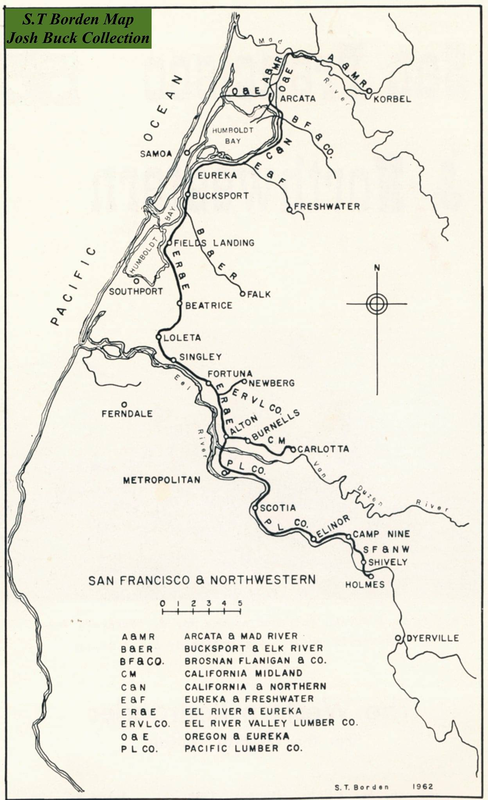
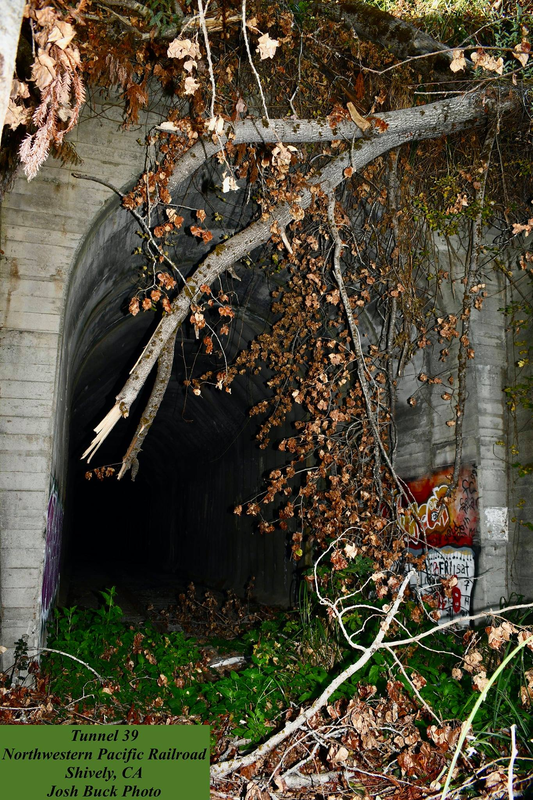
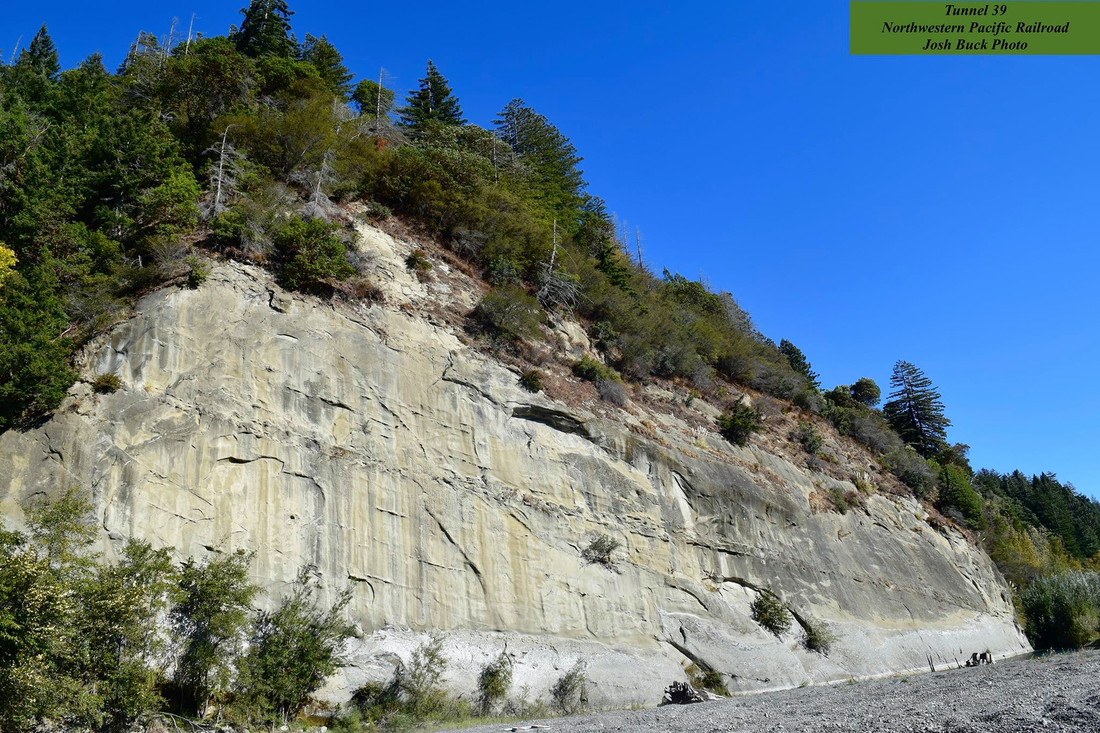
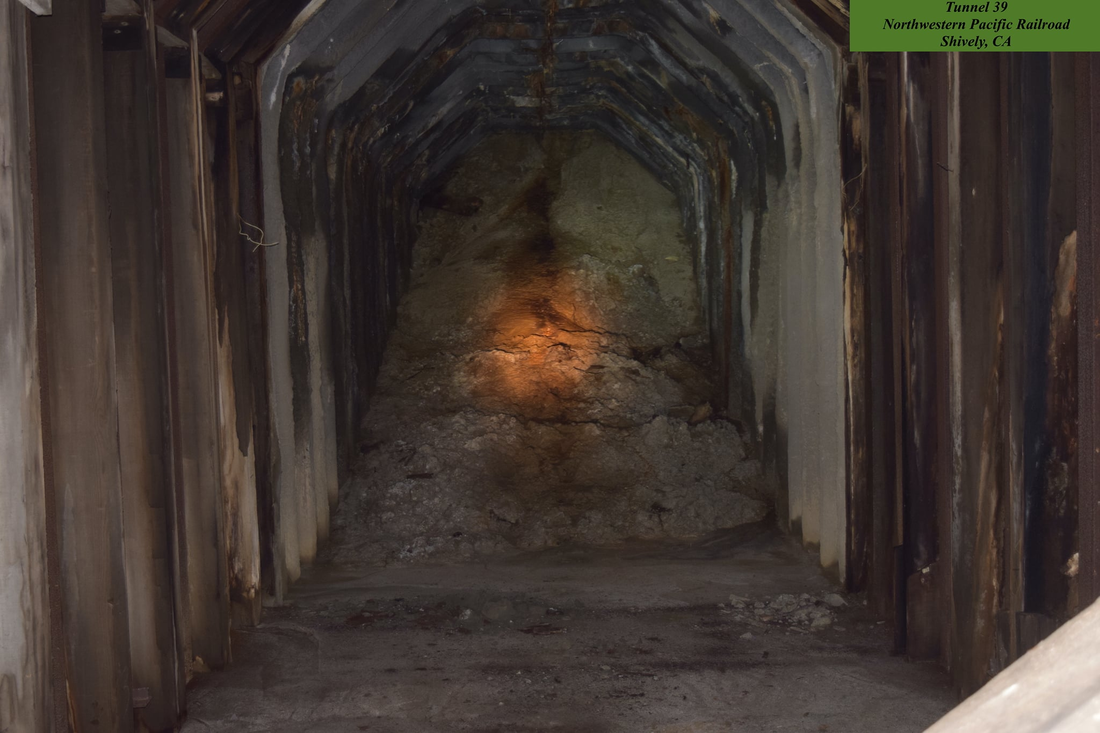
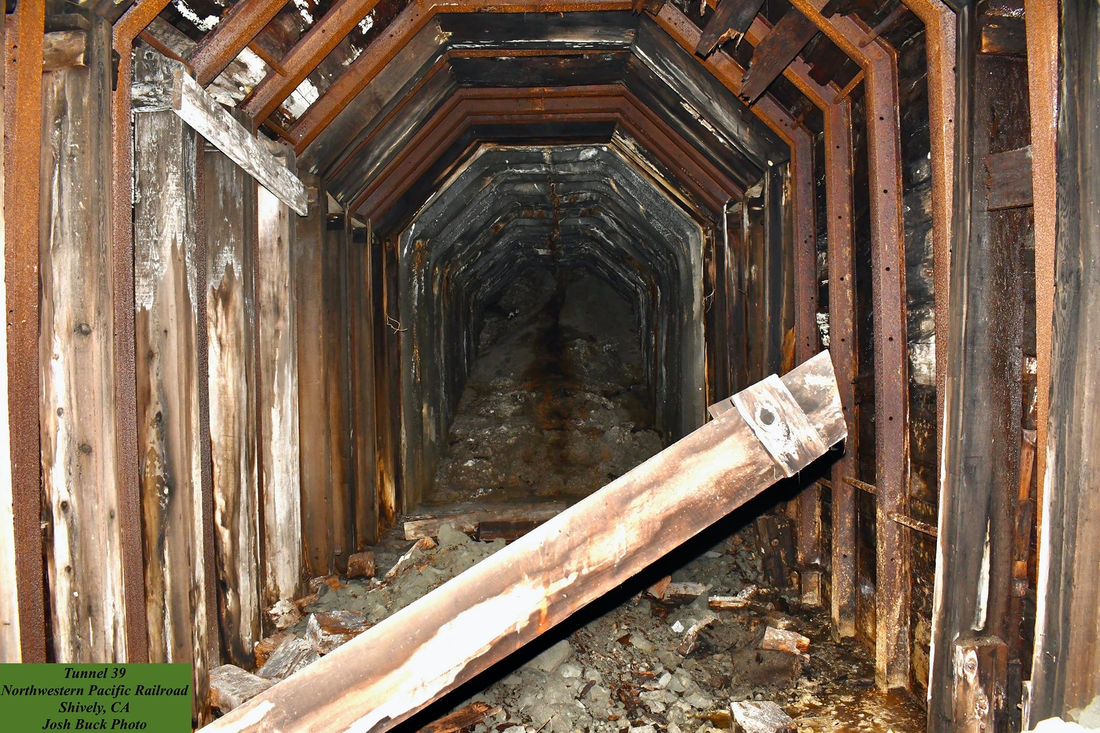
 RSS Feed
RSS Feed